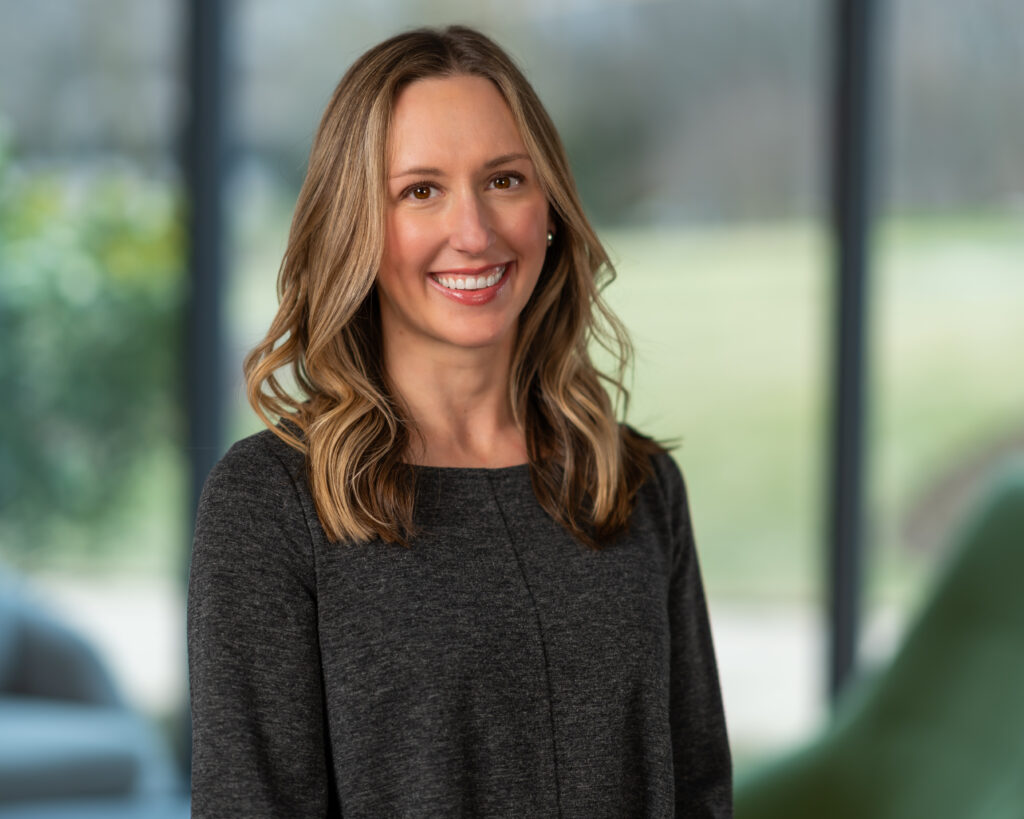Making progress on diversity, equity and inclusion (DEI) in commercial real estate may be challenging, but the workforce deserves – and increasingly demands – meaningful progress. However, organizations often aren’t sure where to begin.
In the first in a DEI webinar series presented by Trammel Crow Company, Rhonda Payne, CAE, founder and CEO of Flock Theory, introduced foundational concepts and key terms related to diversity, equity and inclusion.
“There is no shame in starting where you are and knowing where you want to go when it comes to your DEI practice,” she said.
Dimensions of Personal Identity
Payne introduced the concept of dimensions of personal identity, which can include where you are born, your religion, your status as a veteran, primary language and parental status, for example.
“Our personal identity is usually much more complex than we give it credit for when we introduce ourselves to one another, and it’s quite a missed opportunity,” Payne said, adding that if you begin to introduce yourself to others in a more complex and holistic way that points to all areas of your personal identity, you will find you have much more in common with people than you realize.
“This is how I want you to go into thinking about DEI,” she added.
The “Case” for DEI
“I am not going to try to convince you that the business case for DEI is true today,” said Payne.
Indeed, the statistics that she shared speak for themselves. Diverse and inclusive organizations and teams markedly outperform their peers, with 70% higher growth, 33% more profitability, 50% less turnover, 75% reduction in sick days, and 19% more innovation.
But Payne offered some advice to organizations that may seem counterintuitive: don’t lead with the business case. The business case sets us up to focus on DEI for financial gain, she pointed out, which won’t sit well with the people on your team.
“As you’re building and supporting and engaging your increasingly diverse workforce, I encourage you to save the talk around the business case for the boardroom,” Payne said. “It’s important there, don’t get me wrong. Save it for your executive management or leadership meeting. But when you’re talking publicly, or in team meetings, do not lead with the business case.”
She explained there’s research that shows it often backfires, because it essentially suggests that the individuals in your organization that contribute to the diversity of your team are commodities to increase profitability.
Instead, consider the justice case for DEI. “This is the case that focuses people over profits; it focuses on the value of your team, your people and their humanity, their personal identify, and their equity.”
Becoming Bias-aware
There’s no question that one of the core concepts in DEI is bias.
“Bias is simply how our brains work, it can be positive or negative, it affects the attitudes or beliefs that we hold about people or ways of doing things,” Payne explained. “They are shortcuts that our brains use to navigate an immensely complex world. In some ways, bias, frankly, is a superpower.”
She explained some types of bias, including confirmation bias (we embrace information that supports our preconceived notions and ignore information that goes against it); affinity bias (you look/act/seem like me, therefore you are better/more qualified/worthy); and implicit bias (also called unconscious bias, a stereotype that happens in the absence of fact).
It’s not realistic to try to fully eradicate bias, Payne said. Rather, aim to become bias-aware; to interrupt your bias or the bias of others.
“This is a practice that goes from the bottom up to the top down, and we need dedicated, interested, caring people like you to take up the mantle,” Payne said.
Listen to this webinar recording.
Listen to the Inside CRE podcast episode featuring Rhonda Payne.








